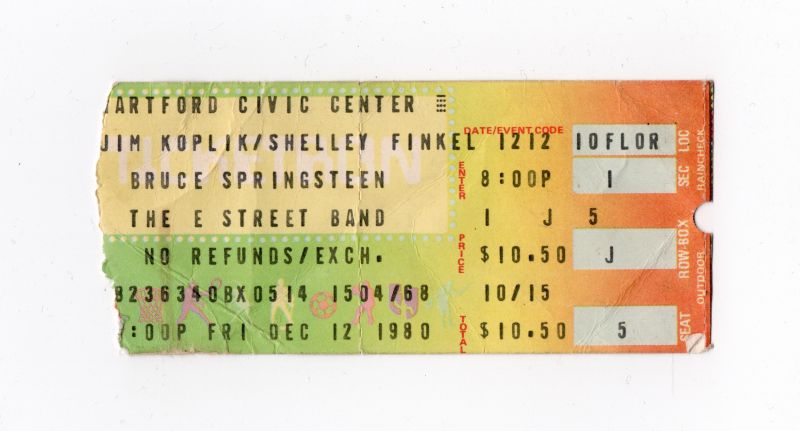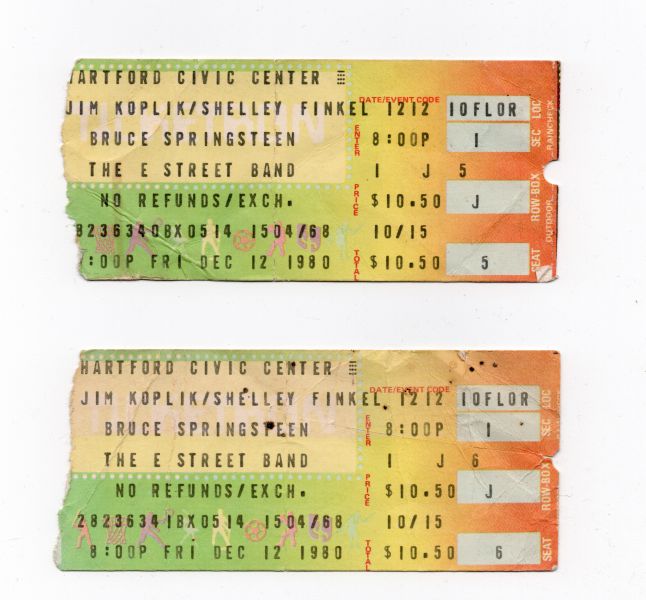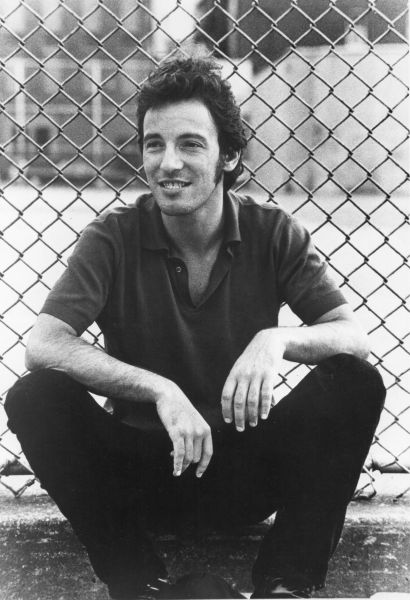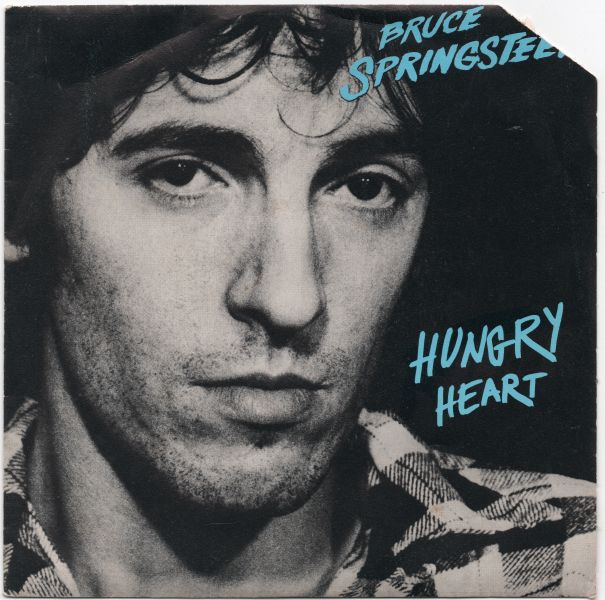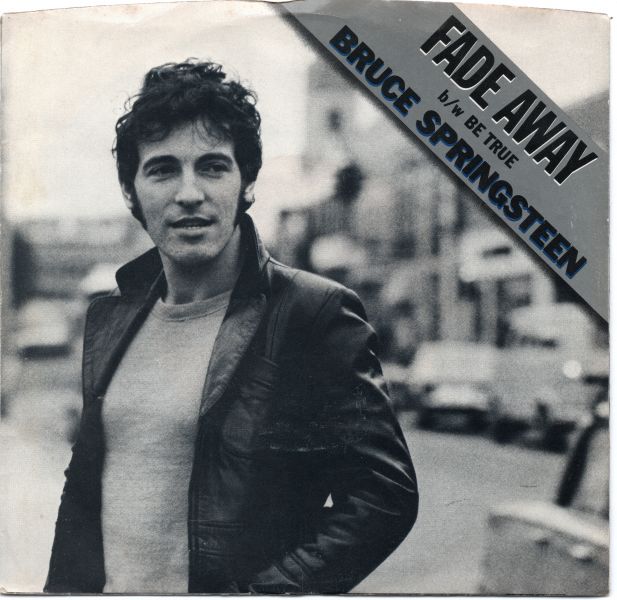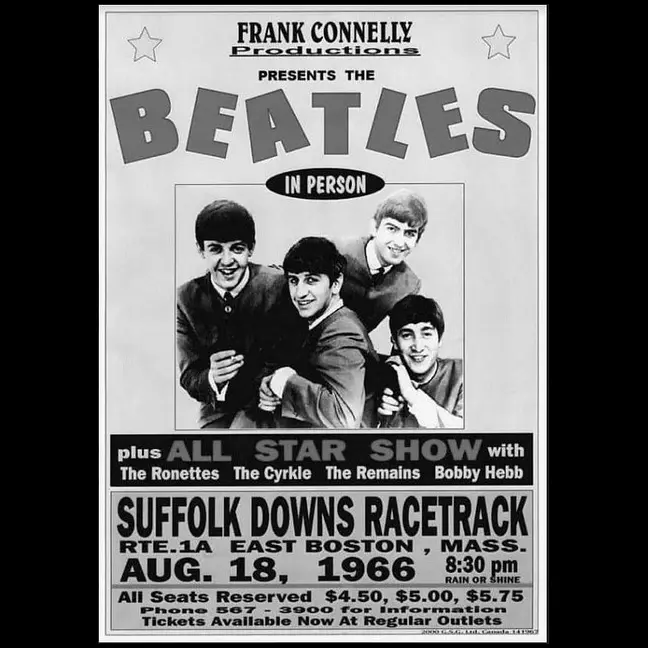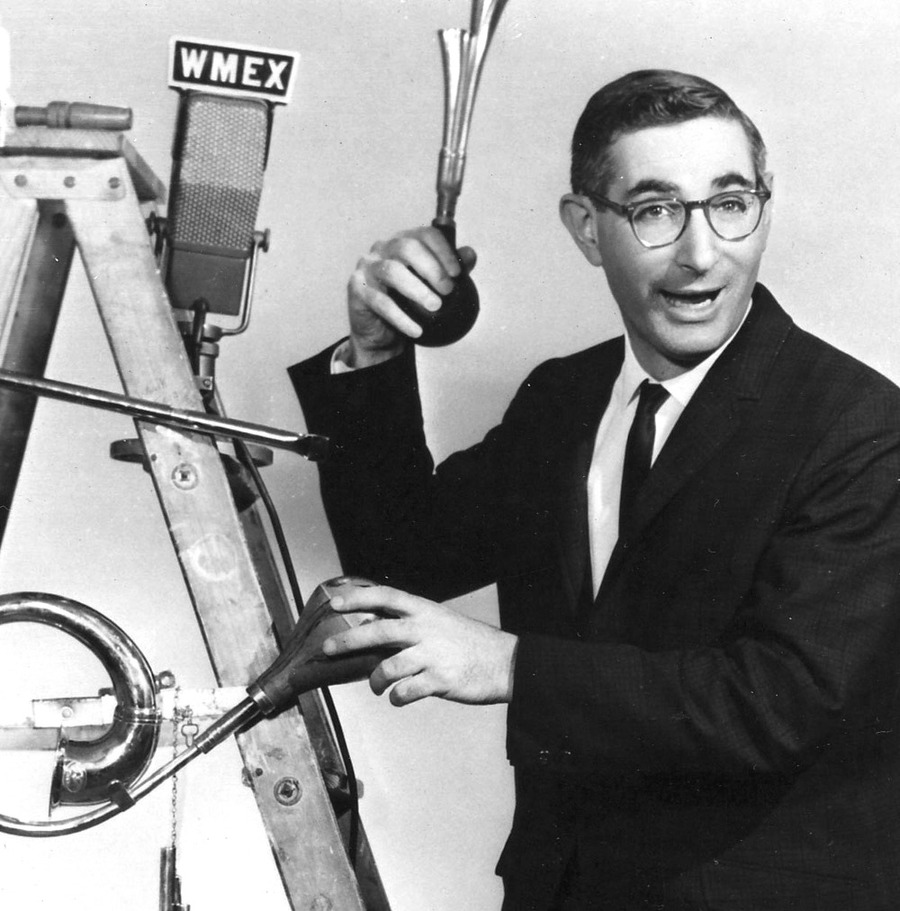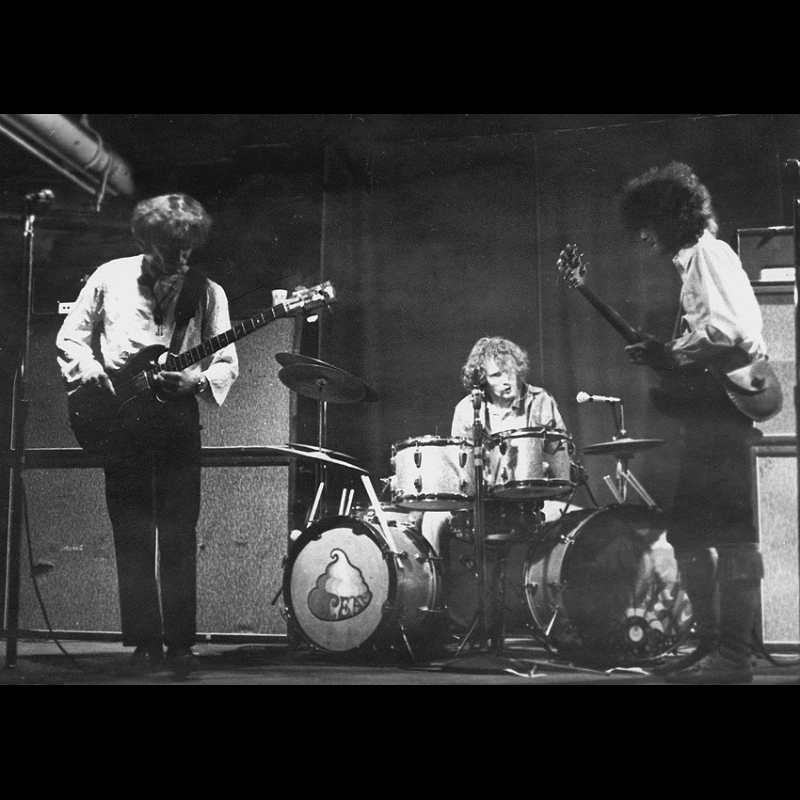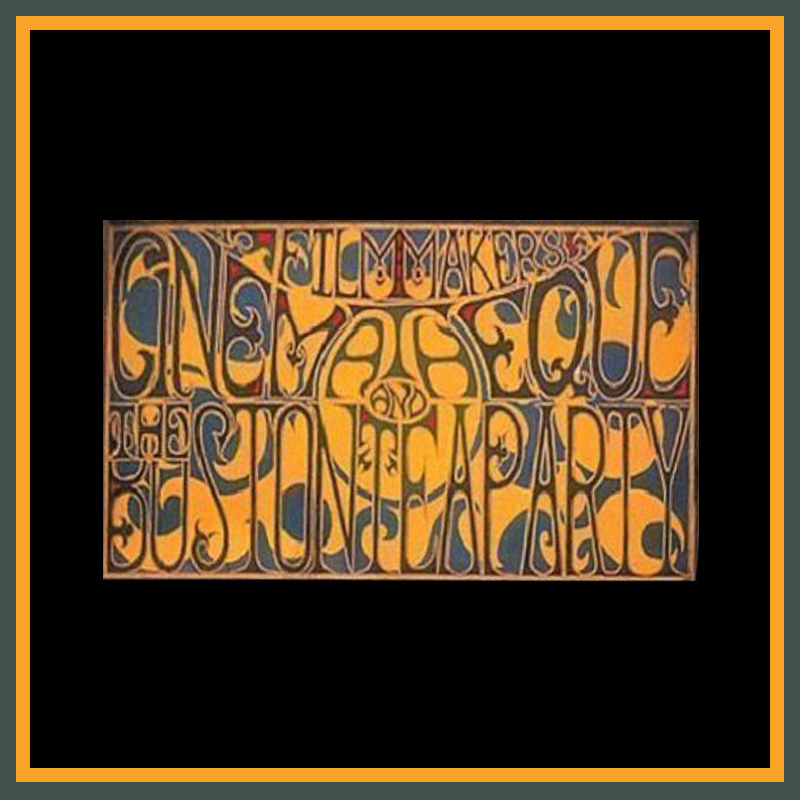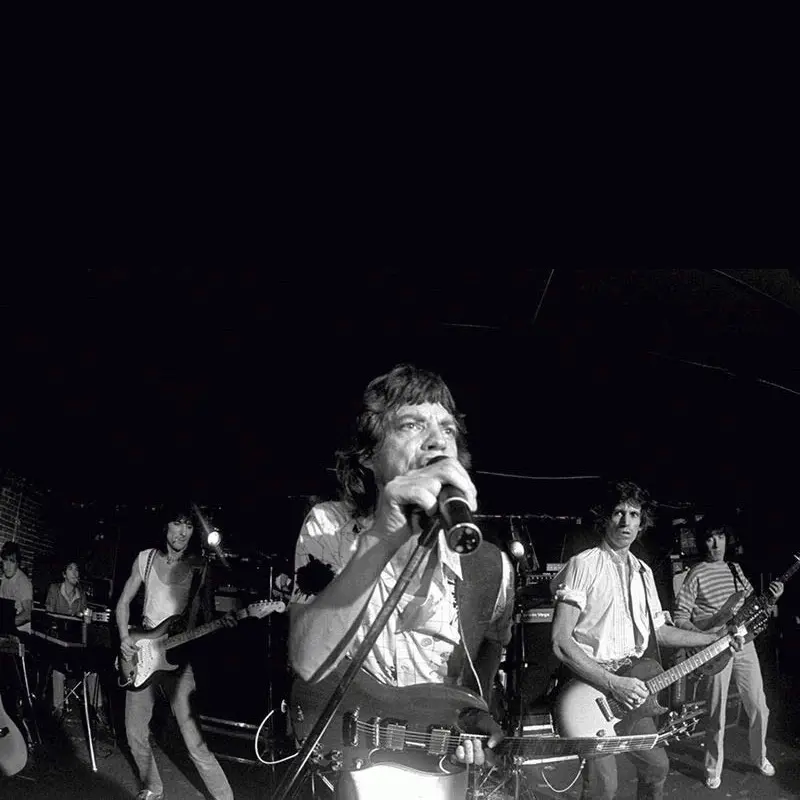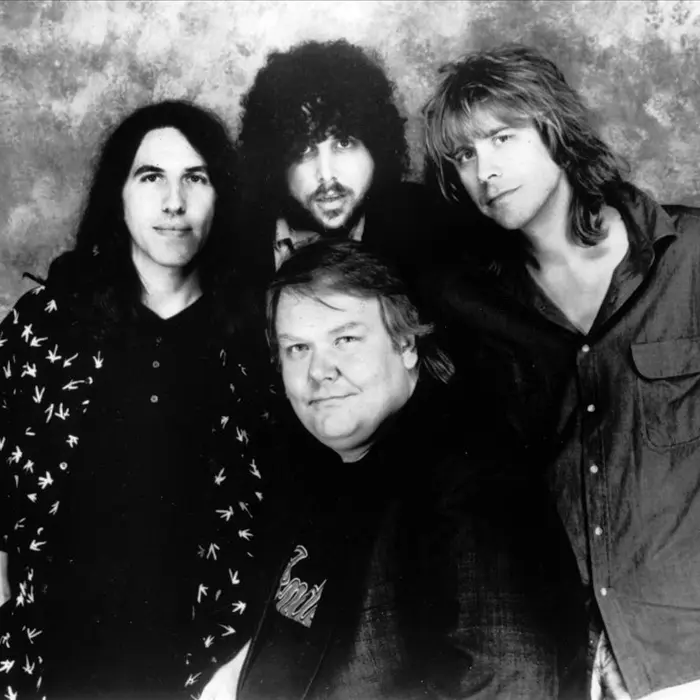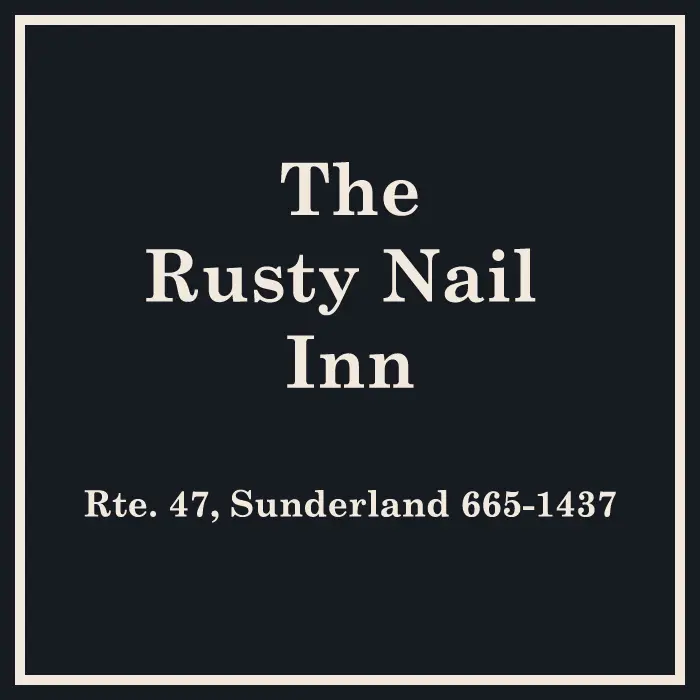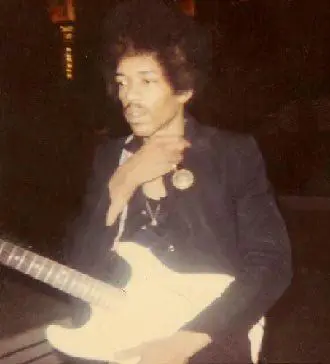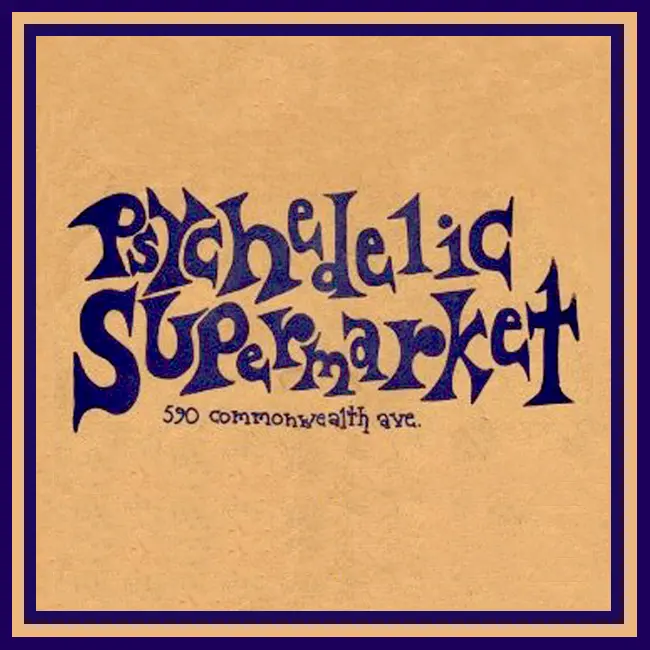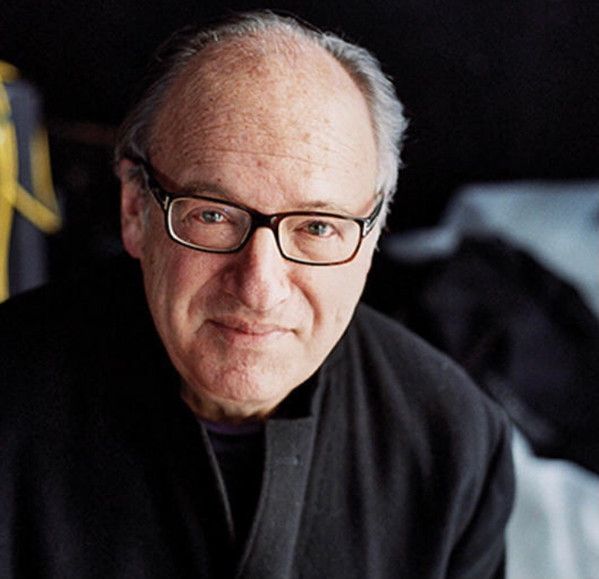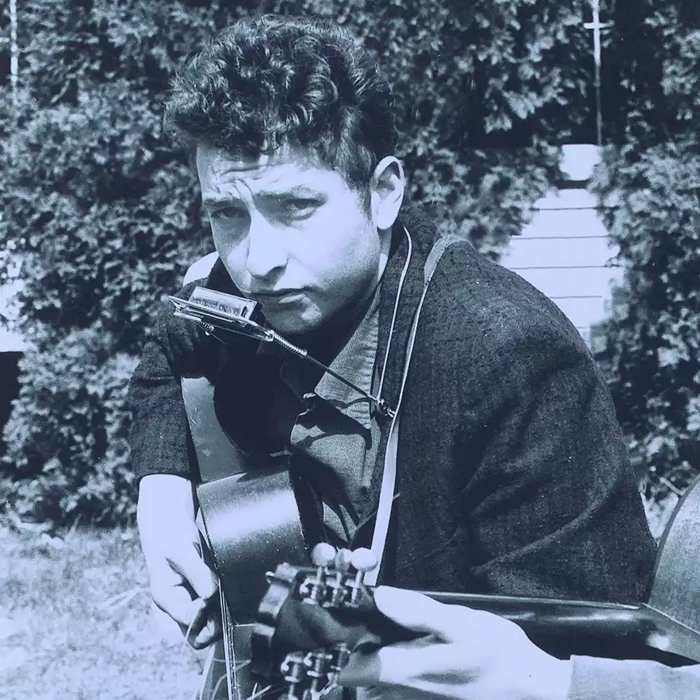Bruce Springsteen Proves It All Night
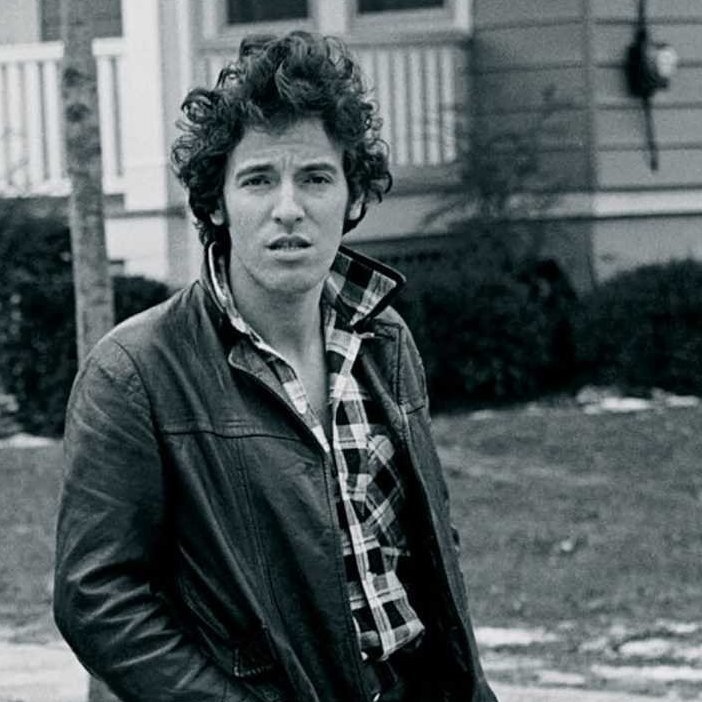
Hartford Civic Center, December 12, 1980
The week of December 8, 1980, begins on an unbearably sad note. It’s a Monday night, and my weekly poker game is winding down. I’m music editor and production manager for the Advocate Newspapers, a chain of five weeklies in New England spanning from Brattleboro, VT to Fairfield County, CT, and we work a Thursday–through–Monday schedule. Our collegial, co-ed card games, are where a bunch of us writers and production workers mark the beginning of our “weekend,” letting our hair down and blowing off steam after a week of non-stop deadlines.
“Guys, you gotta come in here,” a fellow card-player calls out from the TV room next door, an urgent, foreboding tone in her voice. A few of us squeeze into the room thinking we’re about to see some dramatic replay in the Patriots–Dolphins Monday Night Football game. But as we focus on the television, Howard Cosell solemnly announces that John Lennon has been shot outside his Manhattan apartment, returning home from a recording session with his wife, Yoko Ono. A news flash follows, saying the former Beatle has died. My colleagues and I, mostly in our late 20s, are in shock. During my 30-minute drive home, through the long and winding roads of rural Western Massachusetts, my head is spinning, and not from the several beers I drank that night. During that ride, the local rock station plays three songs from Lennon’s brand-new Double Fantasy, his first album in five years: “(Just Like) Starting Over,” a huge hit at the time, “Woman,” and Watching The Wheels.” It’s all starting to sink in.
When I get back to my apartment around midnight, I’m sad and wired and don’t know what to do… so I begin writing a eulogy for my musical hero. The words pour out. Around 3 a.m. on the morning of December 9, I conclude my piece—that will run in the newspaper chain’s upcoming week’s issues—with these words: “John Lennon’s profound impact on contemporary music and culture is something that can never be fully calculated. He’s changed our lives more than we know. His death is a terrible shock.”
I am in shock.
Although it’s been more than four decades since that night, I remember it as if it were yesterday. With winter descending all around, the week of John Lennon’s death is a cold, dark one. My friends and colleagues struggle to come to grips with the tragedy. We all lived through the murders of John F. Kennedy, Martin Luther King, Jr., Bobby Kennedy, and other heroes, and this brings back terrible memories and feels as senseless and awful as those.
Meanwhile, there’s an enhanced feeling of camaraderie at work, and at a loss for words, we sometimes just look at each other, communicating telepathically.
I do have a writing assignment that week (as music editor, one of the perks was that I pick my own), covering Bruce Springsteen and the E Street Band at the Hartford Civic Center on Friday, December 12. I’ve been a big Springsteen fan since his first album, Greetings From Asbury Park, N.J., and saw him several times with his band as early as 1973, at Oliver’s, a small club near Fenway Park, and as opening act for John Mayall in the Curry Hicks Cage at UMass Amherst. But as tireless and energized as Bruce always is in concert, the idea of attending an arena show this week doesn’t excite me. In fact I kind of forget about it until Thursday.
With my mind elsewhere, I can’t get excited about being at the Civic Center with at least 15,000 other people, on this of all weeks. Plus my girlfriend (and future wife) says in no uncertain terms that she doesn’t want to go. The day before the show, I call my friend Dawna, the biggest Bruce fan at work, and ask if she’d like to go with me. Her response comes with the first happy voice I’ve heard since Monday night. I pick up Dawna on Friday evening, and during our hour’s drive down to Hartford, I remember that in the fog of the past week I’d forgotten to assign a photographer to cover the show, a professional faux pas.
By the time we park in the cavernous Hartford Civic Center garage and find our way up to the will-call window, it’s quarter to 8, but concerts hardly ever start on time. We make our way to our seats, Row J on the floor. (Another perk of being music editor is the comp tickets, but they are rarely this good. Thank you Columbia Records.) The lights in the Civic Center seem particularly bright and feel strangely comforting on this cold December night. Rock and roll songs from the ’60s and ’70s blare from the PA, and Dawna is ecstatic. The mood in the hall is more somber and respectful than at most concerts, and judging from overheard subdued conversations and the looks on people’s faces, a lot of the folks here, mostly in their late teens and 20s, have John Lennon on their minds and in their hearts. But it’s Friday, and Bruce’s fifth album, The River, is high atop the Billboard charts, alongside albums by Kenny Rogers, Barbra Streisand, Stevie Wonder, AC/DC, The Eagles… and John Lennon and Yoko Ono.
The lights dim at 8:40, and in almost complete darkness, Bruce and his elegant band—Clarence Clemons, Steve Van Zandt (Little Steven), Roy Bittan, Danny Federici, Max Weinberg, et al.—take the stage and the band instantly explodes into “Prove It All Night.” (As I write this 40 years later, I still get chills thinking about this moment, and my eyes well up with tears.) I smile for the first time all week. During the next four hours (there is a 30-minute intermission), Bruce and the E Street Band tear through 33 songs as if their very lives depend upon it.
The performance itself is thrilling, spanning musical gems from Springsteen’s entire career, from early songs “For You,” “Sandy,” and a rip-roaring pre-encore “Rosalita” to most of Born to Run, half of Darkness on the Edge of Town, and three-quarters of The River. He also sprinkles in his steamy versions of “Because The Night” and “Fire,” two of his best-known songs—thanks to hit versions by Patti Smith and The Pointer Sisters—that at the time he has yet to release himself.
Only four nights after the killing of John Lennon, Springsteen’s show is an affirmation of life. On paper, lines like, “It ain’t no sin to be glad you’re alive” (from “Badlands”) don’t necessarily seem particularly important, but in his impassioned performance in Hartford, he makes them vital. Throughout the entire show, The Boss’s energy, his downright sincerity, affects his concert-goers in a special way. Unlike so many performers of his day, particularly ones playing before 15,000 or more people, he treats his fans as friends, and by totally immersing himself into the music, as well as interacting with his audience, he makes each person embrace their own significance. In concert—and not just tonight but throughout this tour, by all accounts—Springsteen’s approach is upbeat, and while he can be bleak, even defiant, there is that ever-present, if underlying, optimism and passion.
On this night of complex feelings and emotions, one of the most poignant moments comes during Bruce’s spoken introduction to “Independence Day” (from The River), while reflecting on his growing up in a small New Jersey town where he’d see people standing there, “letting their lives pass them by.” He speaks of looking at his parents and seeing his father look as if “he’d never been young.” Bruce confesses, “Every day I’d watch my parents [and] it used to scare me so much.” And then he veers off to say what an inspiration it was for him when, while driving in the car with his mother one day, he hears “Like A Rolling Stone” on the radio for the first time.
I nearly lose it, hearing this, as I had the exact same experience with my Mom, in Lexington, upon first hearing that great song. Here’s Bruce Springsteen, with one of the best-selling records this week in the country, baring his heart and soul. He didn’t have to do that. For a performer with such style and verve, he certainly has his unassuming and innocent sides. And that makes me love this concert all the more.
Prior to the concert, I spoke with friends, wondering how John Lennon’s death would affect Bruce and his show. As it turns out, he keeps these thoughts to himself on this night, perhaps feeling that people who paid for tickets (the most expensive of which are a modest $10.50) and stood in line to get them, deserved to see a true Springsteen performance.
And what an exuberant performance it is. The show is over at 12:45 on Saturday morning, and when the house lights come back on, much of the audience is visibly emotionally drained. Dawna and I certainly are. But we’re happy and uplifted, too.
Few performers leave their fans with as much as this man does. In the review I wrote of the show, I finished by saying, “Bruce Springsteen is quite probably rock’s most dynamic and giving performer. He sets the standards, and in doing so he makes a lot of bands and performers who come on and play the requisite hour or 75 minutes look awfully insignificant and greedy in comparison.”
I grew up a child of the 1960s, just outside Boston. My life was forever changed on February 9, 1964, when I saw The Beatles on The Ed Sullivan Show. The first concert I ever attended was with my mother, a single parent, and it was a Pete Seeger concert. Shortly following my parents’ painful divorce, my Mom went on a couple dates after one of her neighborhood friends suggested that her high-school son might be willing to babysit for me and my younger siblings if she wanted to go out. Turned out her friend’s son was Jon Landau, who’d go on to become Bruce Springsteen’s record producer and manager. Though Jon only babysat us a couple times, he may have sprinkled some much-welcomed pixie dust in our home back in the early ’60s.
The first concert I attended without a parent was The Lovin’ Spoonful at the Center Theatre in downtown Boston on March 5, 1966, with Arnie “Woo Woo” Ginsburg as emcee. I came of age in time to see Cream‘s very first American concert, in September 1967, at the Psychedelic Supermarket near Kenmore Square, and I was at the Boston Tea Party club on Berkeley Street in January 1969 to see Led Zeppelin up close on their first American tour, shortly after the release of their first album. Heck, I saw Fleetwood Mac with Peter Green (twice) and The Kinks at the Lansdowne Street Tea Party. I got to see Bob Dylan and the Band twice on January 14, 1974, at the Boston Garden (at the afternoon and evening shows), and had choice seats for the Rolling Thunder Revue concerts in Springfield, MA and Providence, RI.
Over the decades, I’ve been fortunate to see hundreds of concerts and write about a good many of them, virtually all in New England. James Brown literally put me in a trance at the Rusty Nail in Sunderland, MA, in 1983, and I left after concerts by Charles Mingus, Procol Harum, Laura Nyro, Jimi Hendrix, Ted Hawkins, NRBQ, Public Enemy, Cecil Taylor, Santana, Tom Waits, The Rolling Stones and Stevie Wonder, and Duke Ellington utterly exhausted. But the thrilling, exhilarating, and life-affirming Bruce Springsteen and the E Street Band concert at the Hartford Civic Center on December 12, 1980, remains, for me, the greatest of them all.
(by David Sokol)

